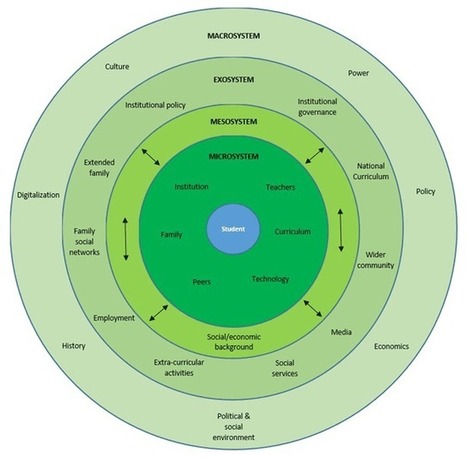Research and publish the best content.
Get Started for FREE
Sign up with Facebook Sign up with X
I don't have a Facebook or a X account
Already have an account: Login
Female Voices Around the Web
Curated by
Ana Cristina Pratas
 Your new post is loading... Your new post is loading...
 Your new post is loading... Your new post is loading...
|
|

















